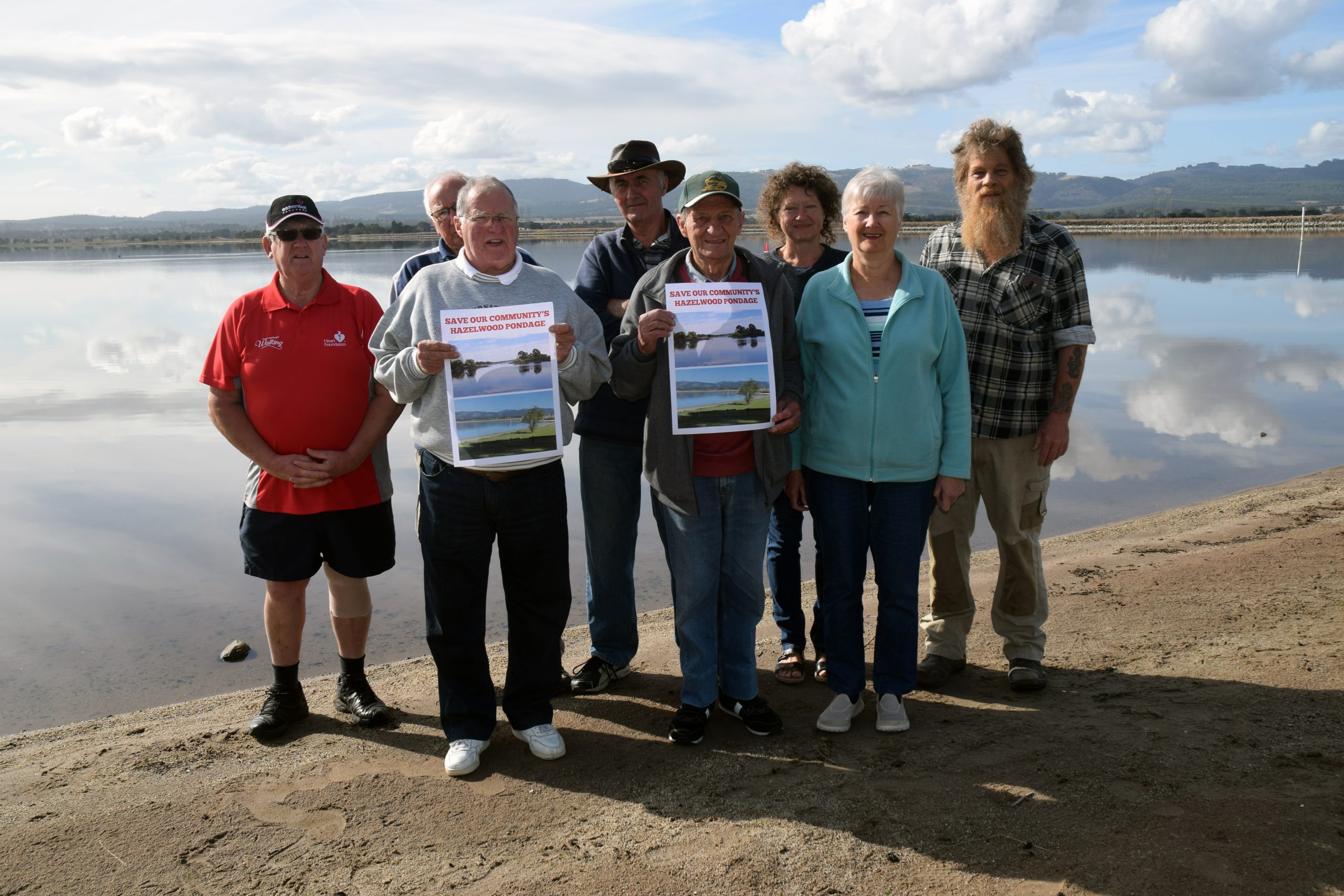An increase in health service use and rates of dispensed prescription medication in the Latrobe Valley are linked to coal mine fire-related air pollutants, a Hazelwood Health Study report has revealed.
Commissioned by the Victorian Department of Health and Human Services, the Monash University-led Hazelwood Health Study is tasked with investigating the potential long-term health effects on residents impacted by the 2014 Hazelwood mine fire.
Hazelwood Health Study’s Dr Yuming Guo said there were an estimated additional 5137 general practitioner consultations, 405 cardiovascular visits, 174 respiratory visits and 286 mental health consultations attributed to coal mine-fire related PM2.5 air pollution.
PM2.5 refers to fine particles with a diameter of 2.5 thousandths of a millimetre or less.
“We analyse the relationship between air pollution and the daily health outcomes,” Dr Guo said.
“We also estimated that an additional 2501 cardiovascular medications, 574 respiratory medications and 1429 mental health-related medications were dispensed as a result of the PM2.5 air pollution during the mine fire period.”
Researchers obtained health service data from the Medicare Benefits Schedule and data on prescription medications dispensed from the Pharmaceutical Benefits Scheme, the Commonwealth Scientific and Industrial Research Organisation Oceans and Atmosphere Flagship modelled hourly coal mine-fire related PM2.5 concentrations across the Latrobe Valley area, and the Bureau of Meteorology provided daily maximum temperatures.
From there, a statistical method called time series analysis was used to measure the associations between daily average PM2.5, use of health services or dispensing of medications in the Latrobe Valley.
Dr Guo said this particular study was important because other studies conducted by Hazelwood Health Study had not looked specifically at coal mine fire-related PM2.5.
“We conducted this study to examine if there is any impact on coal mine fire-related PM2.5 outcomes,” he said.
“We found there is clear evidence that coal mine fire-related PM2.5 was significantly associated to the usage of health service and medication dispenses for all types of outcomes, short term, long term, GP and also for mental health.
“However, the data were not enough to link any individual case to the fire.”
To see the full report, the Medicare Benefits Schedule and Pharmaceutical Benefits Scheme data: Time series analyses report, visit www.hazelwoodhealthstudy.org.au/study-findings/study-reports.
Researchers from the Monash University-led Hazelwood Health Study are also running clinical assessments in Morwell and Sale and conducting interviews that will further assess cardiovascular, respiratory and mental health in smoke-affected communities.











